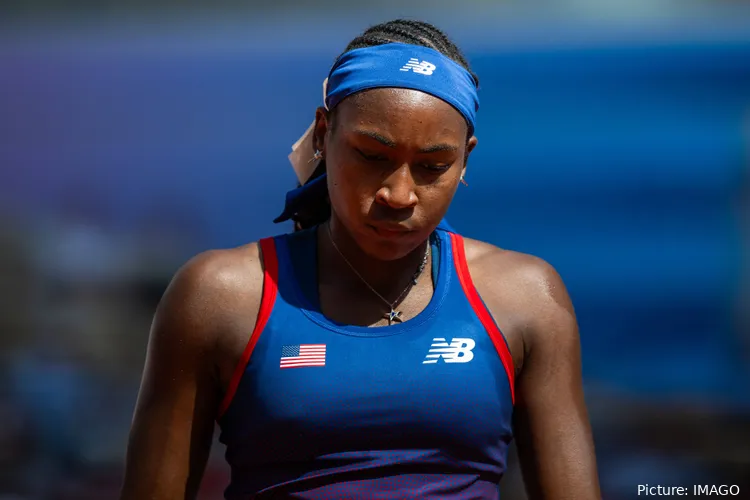
Coco Gauff, the young American tennis sensation, has been a beacon of promise on the WTA Tour, captivating fans with her athleticism and fierce determination. Yet, as the 2025 season unfolds, her game has hit a rough patch, particularly with her serve—a critical component that’s been faltering under pressure. Former Serena Williams coach Rennae Stubbs and ex-world No. 9 Andrea Petkovic recently dissected Gauff’s service woes, shedding light on the technical intricacies that could shape her career trajectory if left unaddressed.
Gauff’s recent performances have been a mixed bag. After climbing to the pinnacle of American women’s tennis, she slipped from her position as the nation’s No. 1, dropping to World No. 4. Her struggles were glaring at the Miami Open, where she suffered a round-of-16 exit against Magda Linette. In that match, Gauff’s serve unraveled, with a staggering 12 double faults contributing to a straight-sets defeat. The numbers tell a story of inconsistency: her first-serve percentage has hovered below 60% in key matches, and double faults have crept into double digits far too often. For a player of her caliber, these stats are a red flag, signaling deeper issues in her mechanics.
On a recent episode of Stubbs’ podcast, the duo dug into the nuances of Gauff’s service motion. Petkovic, who watched Gauff’s Miami match via video, was struck by the serve’s fragility. “Coco Gauff, a disappointing month for her in Indian Wells, in Miami. Did you see her service motion live? She served 12 double faults in her straight sets loss against Magda,” Petkovic remarked, setting the stage for a candid discussion. Stubbs, with her coaching pedigree, didn’t mince words. She pinpointed the serve as a potential Achilles’ heel, warning that it could haunt Gauff “going forward forever” unless corrected. Drawing on wisdom from tennis legend Billie Jean King, Stubbs noted, “You know, Billie Jean King always said bad technique breaks down under pressure.” It’s a sobering observation, especially for a 21-year-old facing the sport’s brightest spotlights.
The serve’s technical flaws are multifaceted. Stubbs highlighted “so many little technical things” plaguing Gauff’s motion—her toss is inconsistent, drifting too far left or right, forcing her to compensate mid-motion. Her stance, once a strength, now appears misaligned under stress, disrupting her rhythm. The kinetic chain, essential for power and precision, breaks down when fatigue sets in, leading to mistimed swings. Petkovic added that Gauff’s second serve lacks the spin and margin of safety needed to keep opponents at bay, making it a target for aggressive returners like Linette.
Despite these setbacks, Gauff’s resilience remains undeniable. She’s no stranger to adversity, having burst onto the scene as a 15-year-old prodigy at Wimbledon. Her forehand and backhand are world-class, and her court coverage is unmatched. But the serve, as Stubbs emphasized, is the shot that starts every point—a foundation that must be rock-solid. Gauff’s
Leave a Reply